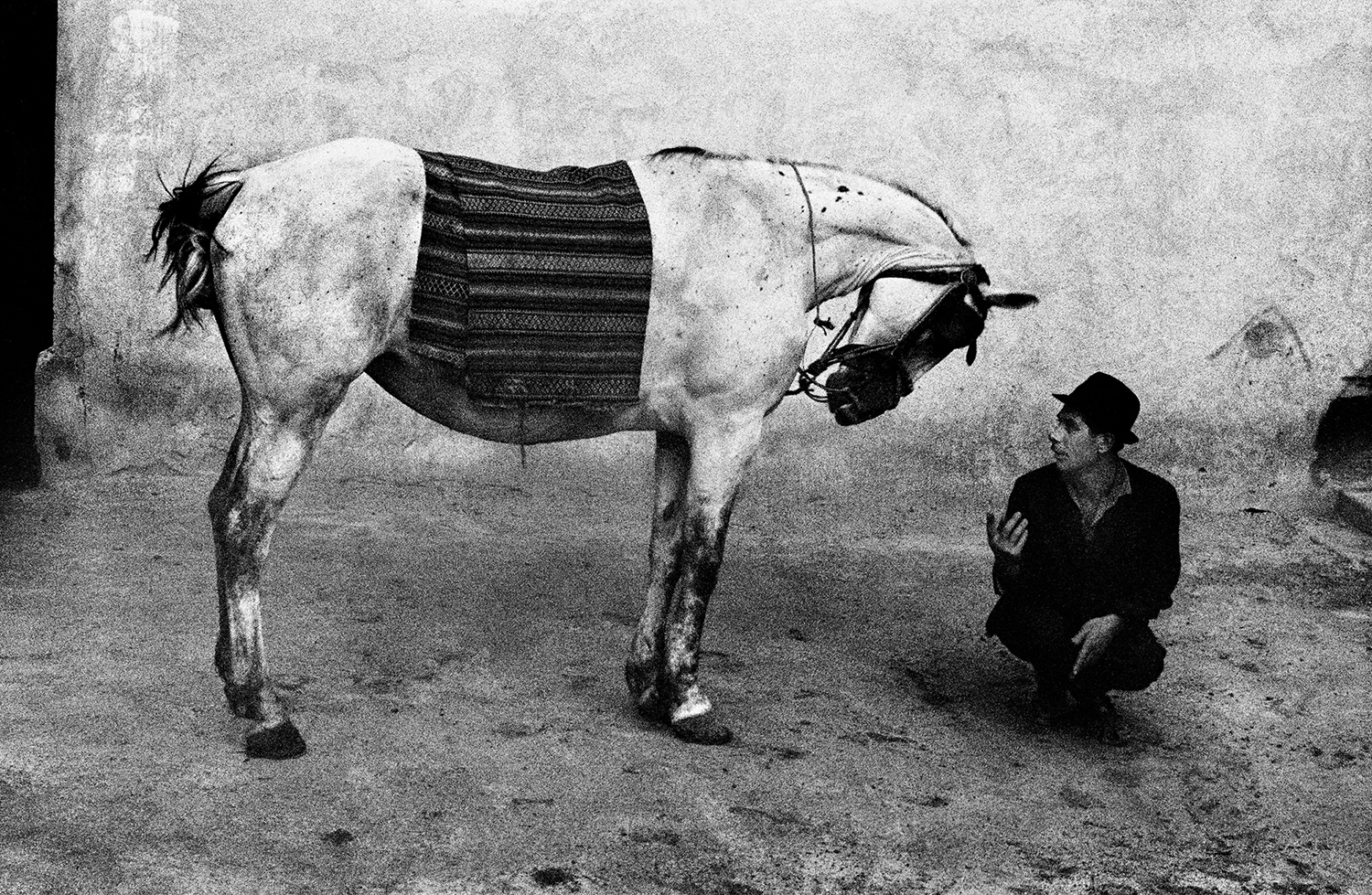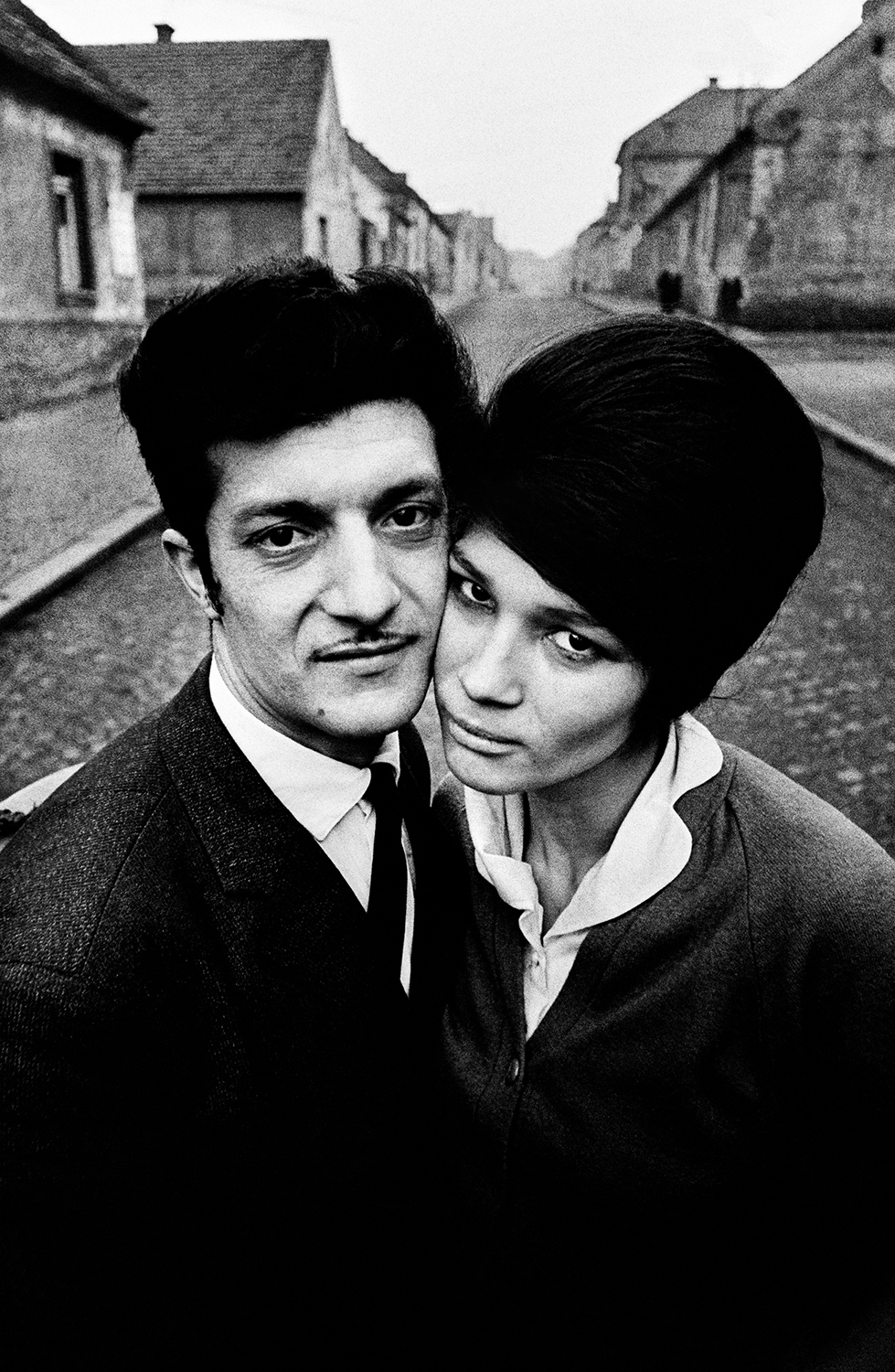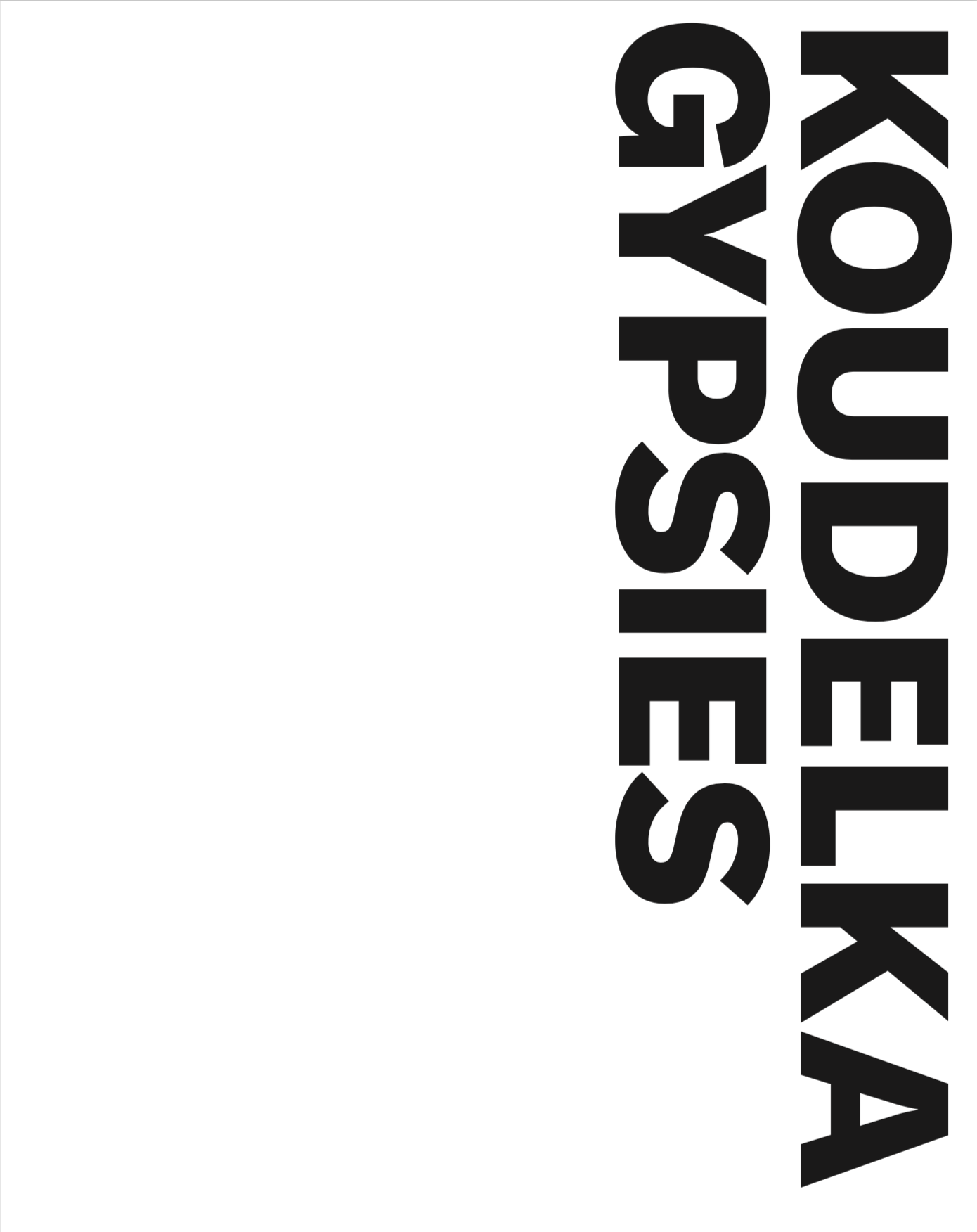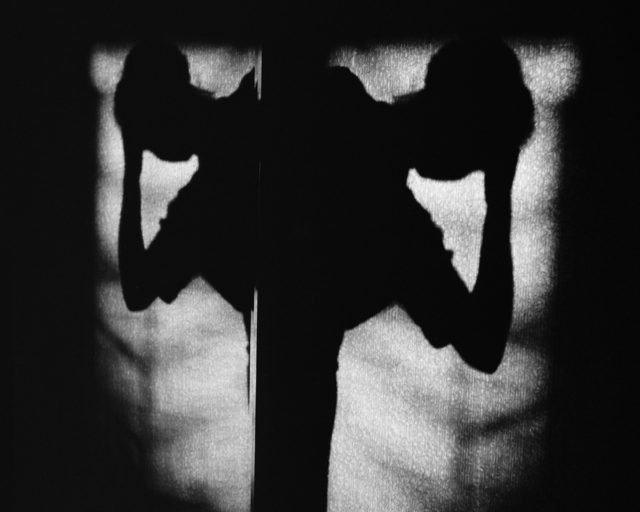Revisiting Josef Koudelka’s Photographs of Europe’s Roma Communities
In a new edition of Koudelka’s foundational series, Aperture revisits one of the seminal photobooks of the twentieth century.
Josef Koudelka, Slovakia, 1967
© Josef Koudelka/Magnum Photos
In 1962, Czech French photographer Josef Koudelka began documenting the everyday lives of Europe’s Roma communities. Carrying only his equipment and a rucksack, Koudelka would spend the next decade moving between different Roma settlements and villages in then-Czechoslovakia, Romania, Hungary, France, and Spain. His resulting images offered an intimate glimpse into these largely marginalized communities, exploring themes of alienation and displacement.

© Josef Koudelka/Magnum Photos
In 1975, Aperture and Josef Koudekla collaborated with French publisher Robert Delpire to publish Gitans, la fin du voyage (Gypsies in the English-language edition), a tightly edited sequence of sixty black-and-white photographs made between 1962–71 in various Roma settlements. In the book, curator John Szarkowski wrote, “Koudelka’s pictures seem to concern themselves with prototypical rituals, and a theater of ancient and unchangeable fables. Their motive is perhaps not psychological but religious. Perhaps they describe not the small and cherished differences that distinguish each of us from all others, but the prevailing circumstance that encloses us.”

© Josef Koudelka/Magnum Photos
In 2011, Aperture released a new extended version of Gypsies. This revised and enlarged edition included 109 images from Koudelka’s series Cik´ni, lavishly printed in a unique quadratone mix by Gerhard Steidl. Unlike the traditional horizontal format of Delpire’s book, with only one photograph per right-hand page, the extended edition’s layout is much closer to Koudelka’s original maquette from 1968, prepared with graphic designer Milan Kopriva, and includes full-height vertical pictures and horizontals spread across two pages.

Today, Gypsies remains a seminal photobook of the twentieth century. This fall, Aperture once again revisits this series in a new mini paperback edition, making the foundational body of work newly accessible to the larger public. Roma scholar and sociologist Will Guy, who wrote for both the 1975 and 2011 editions, updates his analysis of the condition of the Roma today, including recent upheavals in Europe. Stuart Alexander, photo historian and newly appointed editor in chief of Delpire Éditeur, contributes a brief historiography of the evolution of the body of work in book form. In his introduction, Alexander writes of the importance of Koudelka’s continued examination of this work: “Unlike most photographers, Koudelka has refined the presentation of an early body of work over a fifty-year period. In widely varying formats, he has modified the sequence and presentation to achieve the greatest impact of his intentions. As with any work of art, it is up to the viewer to complete the interpretation.”






























